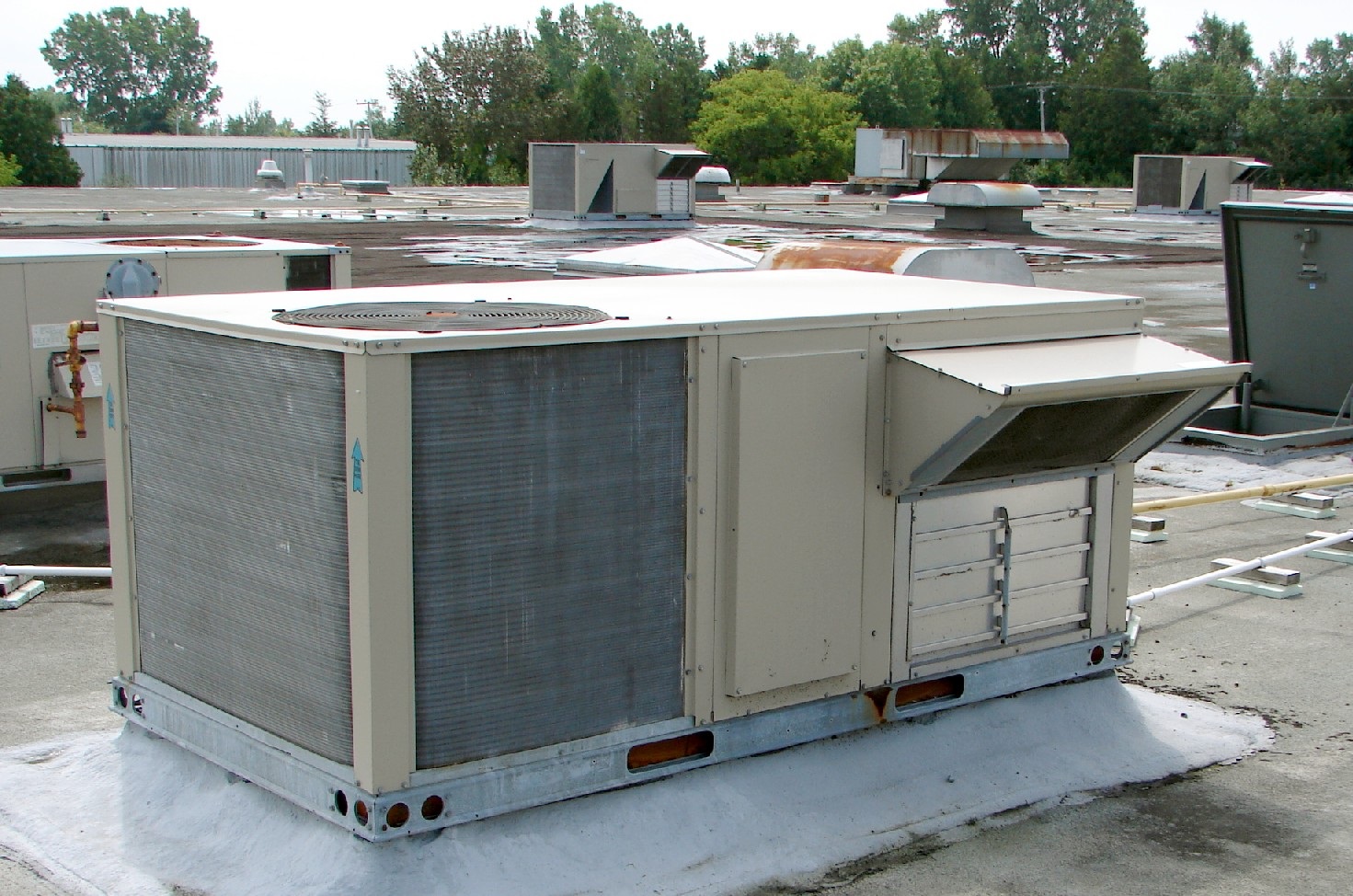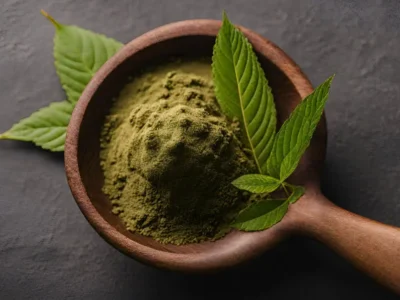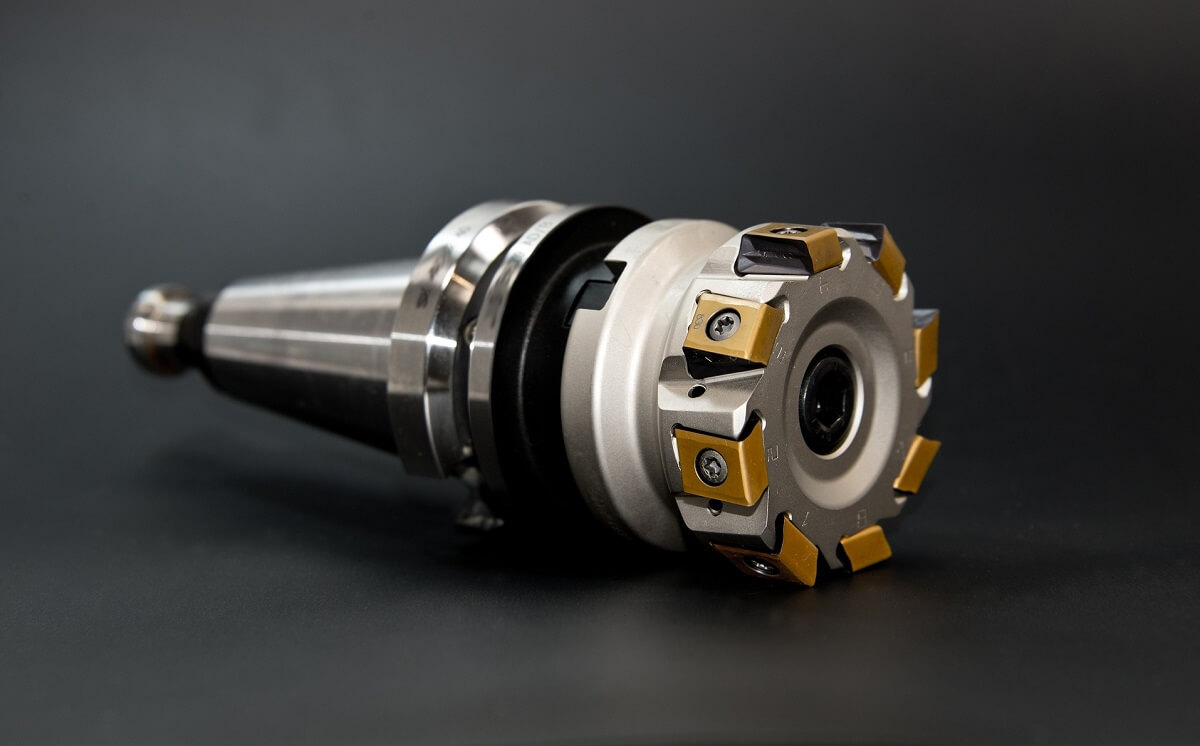Using a steadfast and powerful piece of equipment such as a liquid ring vacuum pump is essential, especially for industrial applications. However, you need to maintain it properly because that is the best way to use it for years after purchase.
Whether you get a small or large unit, because rely on it for consistent, smooth, and noiseless operation at least a year after each inspection.
In case you notice something different and out of the ordinary, you should stop the pump from handling the matter before it is too late.
It is much better to be proactive because that will help you for a long time. Remember that repairs can be both cumbersome and expensive, especially if the vacuum pump is the part of an industrial system.
The easiest way to understand the process of pressurizing gas is by clicking here for more info.
That is the main reason why you should conduct an inspection regularly to make sure to prevent the hefty downtime and to see the current condition. In case of problems, you should stop it from working and inspect the problem until you assess the situation.
However, you can learn how to do it, but beforehand, you must understand everything about the components of a liquid ring vacuum pump in general.
The Functions
Generally, the procedure is simple, and we can easily divide it into three stages. You should know that the principle of a liquid ring vacuum pump includes bringing in the gas, pressurizing it, and releasing it afterward.
- Intake – The initial step includes sucking the gas or air inside the unit. You will be able to suck it into an opening, and the gas will enter the rotor ring so that compression could start.
- Compression – The pressurization of air tends to take place within the rotors that feature liquids that will turn within the ring. The moment the rotors pass the intake port, the air will enter the part between blades, while the rotor movements will pressure it.
- Discharge – Finally, the process includes turning liquid-filled rotors that will take pressurized gas into the discharge port, when it will be released outside.
Basic Parts
Each device comes from essential parts that perform primary functions. Generally, they are simple, and has a rotary-equipped inner-cylinder between the discharge and inlet ports. The cylinder is responsible for pressurizing the gas.
- Inlet Port – Keep in mind that the inlet port is responsible for taking the gas inside the inner-cylinder within the pump. The port appears as a passage that will open to the outside to pick the air and pollutants and take them into the cylinder for compression.
- Cylinder – The cylinder is the place where the vacuuming process starts. Generally, the rotors will start to turn simultaneously with the cylinder. In contrast, the liquid will turn next to circumferences, which will create the vacuuming effects that will suck the gas within.
- Rotors – This particular component features the ring of blades that will turn within the cylinder. Remember that rotor will contain all liquid inside and create a vacuum that will pressurize the gas that enters inside. It requires half of the revolution to finish the entire cycle. Check out this site: https://www.britannica.com/science/vacuum-physics to learn everything about vacuum in general.
- Gas Discharge – You will find a discharge valve next to the central components affecting the rotor. Generally, we have mentioned above that after half of the revolution, the gas will go through the cylinder, and one portion of it will discharge through the valve.
- Discharge Port – The pressurized gas will go outside the discharge port, in which you can use it for particular reasons and applications. Remember that the discharge port is 90-degrees removed from the inlet, which is an essential consideration.
Accessories
You will be able to upgrade a liquid ring vacuum pump by using numerous accessories along the way. Generally, they are here to help you regulate the pressure or flow of the ambient air and seal the liquid for more effective usage.
- Inlet Check Valves – You can install them on some pumps so that you can prevent liquid and gas from getting back to the rotors when you deactivate the process. You’ll be assured because the inlet check valve will ensure that the gas will not leave a cylinder.
- Isolation Valves – Remember that valves are crucial because we use them to separate the pump from the unit when you are not using the vacuum. The most affordable options for this particular purpose are butterfly valves.
- Inlet Vacuum Relief Valves – The idea is to install these valves at the inlet of the pump because that will prevent it from entering deep inside. By doing this, you will be able to protect the inner-wall and ports of the cylinder against harmful items and elements that could affect its durability.
- Inlet Vacuum Control Valves – Similarly, as the name suggests, control valves can easily regulate the flow of air within the inlet port. This will help you control the levels of gas that you bring inside the vacuum during a particular period.
- Flexible Connectors – You can install them to prevent vibrations that the pump is making, primarily if you operate within the piping industry. By implementing this particular process, you will maintain the overall balance, but it is not mandatory.
- Inlet Vacuum Gages – You can mount them in the front of the suction so you have the control the level of vacuum within the device. This particular process will allow you to determine the best performance capabilities of each device that you are using.
- Seal Liquid Shut-Off Valves – You can place them with an idea to prevent the flow of liquid inside the pump, which is useful, especially between applications. Remember that without them, liquid may escape and alter the whole process, primarily if you operate under hygienic and sterile conditions. If you wish to get an answer on question why you need a liquid ring vacuum pump, we recommend you to visit a link we shared with you.
- Strainers – You can use them to remove all solids from the liquids, which will provide you the additional longevity and durability. They are essential because the purification will prevent foreign matter to enter the overall process.
- Discharge Separator Tanks – You can place them on the discharge plate, baseplate, and the floor of a device. The primary purpose is to separate a liquid from the gas while being discharges.











Comments